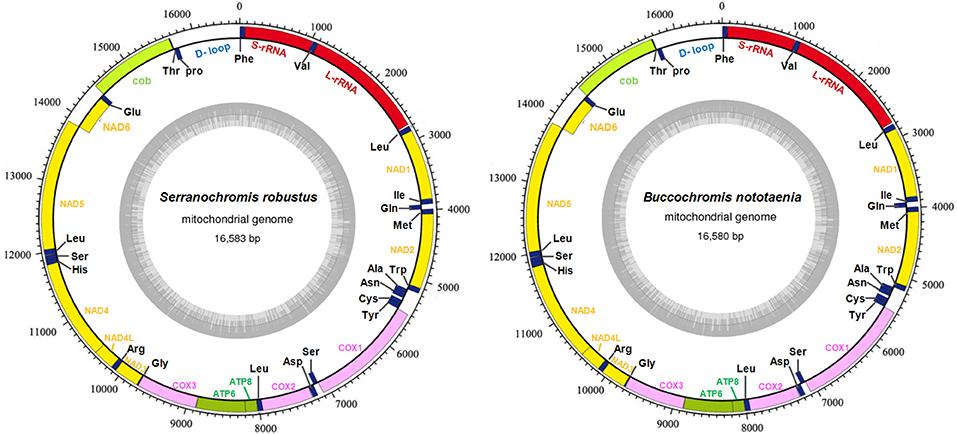A remarkable glimpse into the deep past has emerged from the open-air site complex of Schöningen, where researchers have successfully recovered mitochondrial genomes from Middle Pleistocene horses. This groundbreaking study, published in Nature, sheds new light on the evolutionary history and population dynamics of ancient equines, offering unprecedented insights into the fauna that roamed Europe hundreds of thousands of years ago. By analyzing these ancient genetic materials, scientists are unraveling mysteries surrounding horse adaptation and migration during a pivotal epoch of climate change and environmental transformation.
Ancient Mitochondrial Genomes Unlock Evolutionary Secrets of Middle Pleistocene Horses
Recent breakthroughs in ancient DNA analysis have illuminated the complex evolutionary history of horses living during the Middle Pleistocene. Extracted from fossil remains at the Schöningen open-air site complex, the mitochondrial genomes reveal unprecedented details about population dynamics, migration patterns, and genetic diversity spanning hundreds of thousands of years. This new genetic data challenges previous assumptions, suggesting that early horses exhibited a broader ecological adaptability and genetic variation than previously recognized.
Key findings from the mitochondrial genome sequencing include:
- Distinct maternal lineages that trace back to previously unknown horse populations.
- Evidence of genetic exchanges between geographically separated groups, shedding light on migration corridors during the Middle Pleistocene.
- Insights into climate adaptation, highlighting how horses coped with shifting glacial and interglacial environments.
| Feature | Description | Implication |
|---|---|---|
| Genetic Diversity | High mitochondrial variability observed | Suggests large, interconnected populations |
| Phylogenetic Placement | New lineage distinct from modern horses | Rewrites aspects of horse evolutionary tree |
| Migratory Patterns | Signatures of gene flow across Europe | Highlights migration routes during glacial periods |
Insights Into Horse Population Dynamics Revealed by Schöningen DNA Analysis
The recent analysis of mitochondrial genomes extracted from horse remains at the Schöningen open-air site complex has dramatically reshaped our understanding of Middle Pleistocene equine population dynamics. By sequencing ancient DNA from multiple specimens, researchers uncovered previously unrecognized genetic diversity, highlighting complex migration and adaptation patterns that spanned tens of thousands of years. This groundbreaking study illustrates how environmental changes and shifting habitats influenced population structures, revealing that Middle Pleistocene horses were far more genetically varied than contemporary assumptions suggested.
Key findings from the Schöningen DNA analysis include:
- Identification of distinct mitochondrial lineages coexisting within the same region
- Evidence for episodic population turnovers linked to climatic fluctuations
- Insights into maternal inheritance patterns and their role in survival strategies
- Correlation between genetic diversity and paleoenvironmental data, underscoring adaptive responses
| Parameter | Observation | Implication |
|---|---|---|
| Sample Age | 300,000 – 400,000 years | Middle Pleistocene time frame |
| Genetic Lineages | ≥ 4 distinct | High local diversity |
| Population Events | Multiple turnover | Responses to climate shifts |
| Species Complexity | Potential cryptic taxa | Reevaluation of taxonomy needed |
Experts Call for Expanded Genetic Sampling to Refine Prehistoric Equine Evolution Models
Recent genomic analyses of Middle Pleistocene equine remains from Schöningen are reshaping our understanding of horse evolution during a critical period. However, experts emphasize that current models remain incomplete due to the limited geographic and temporal range of sampled specimens. Expanded genetic sampling across broader regions and timeframes is essential to capture the full diversity and evolutionary dynamics of prehistoric horses. Without this, reconstructions risk oversimplifying complex migratory and adaptation patterns that occurred over hundreds of thousands of years.
Leading paleogeneticists propose the following strategies to refine existing evolutionary frameworks:
- Targeted excavation of lesser-known Pleistocene sites beyond Europe to uncover untapped equine DNA.
- Integration of nuclear genome data alongside mitochondrial sequences for deeper insights into hybridization events.
- Collaborative international databases designed to standardize and compare genetic findings globally.
| Sampling Focus | Expected Outcome | Timeframe |
|---|---|---|
| Western Asia and Caucasus | New lineages discovery | 5 years |
| Nuclear genome analysis | Hybridization patterns uncovered | 3 years |
| Database standardization | Improved data sharing | Ongoing |
Future Outlook
The new insights gleaned from the mitochondrial genomes of Middle Pleistocene horses at Schöningen not only enrich our understanding of Equus evolution but also highlight the remarkable potential of ancient DNA to unlock prehistoric mysteries. As researchers continue to piece together the complex tapestry of life from this pivotal era, studies like this pave the way for deeper explorations into how ancient species adapted to shifting environments. The findings at Schöningen stand as a testament to the strides made in paleogenomics and open exciting avenues for future discoveries in the field.
